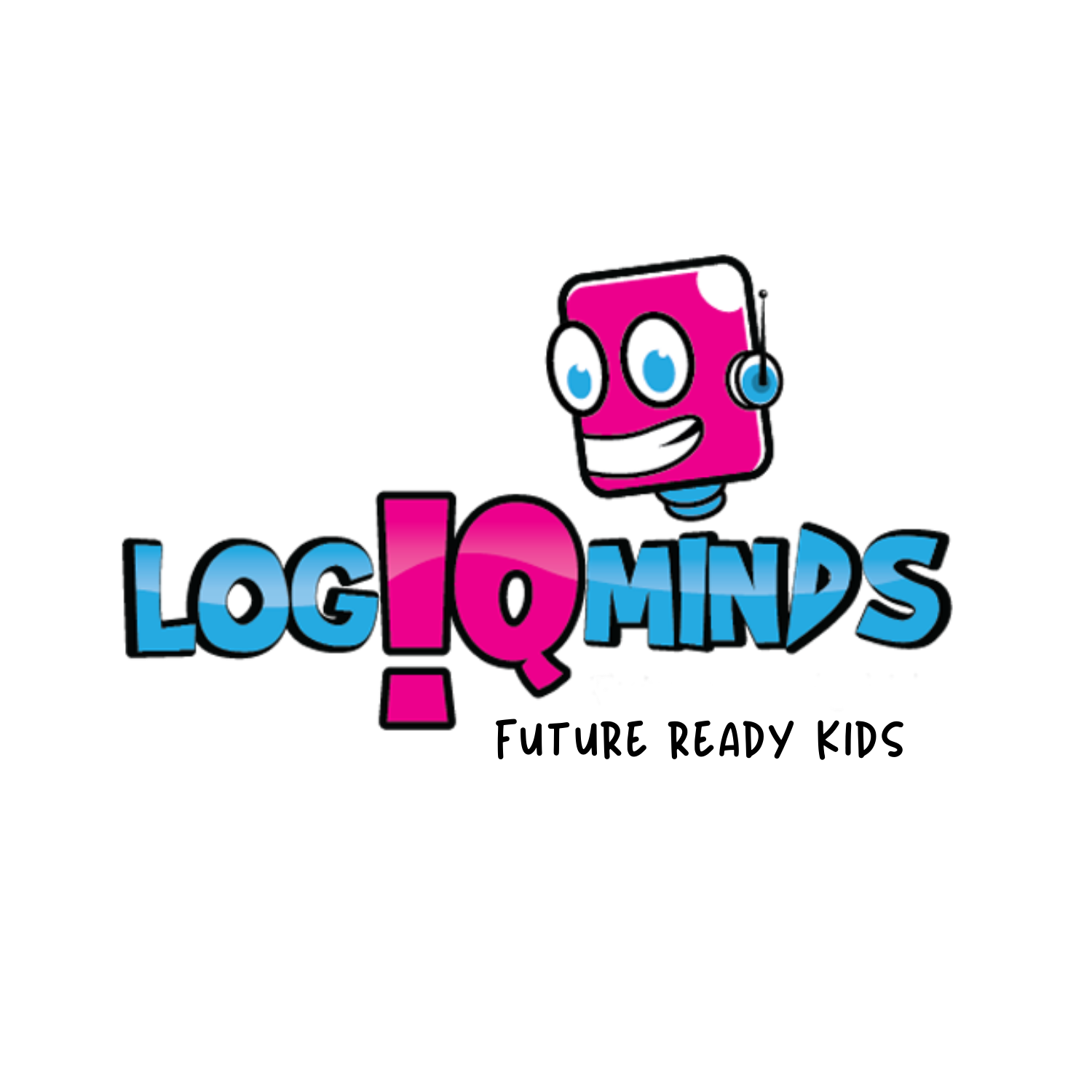Unleashing the Power of Microlearning: A Comprehensive Overview!
Traditional long-form learning methodologies might not necessarily be the most efficient in today's fast-paced world as time is limited and attention spans are shortening. In this situation, microlearning is useful. We'll discuss what microlearning is in this blog article and how it's changing how we learn new things.
Microlearning is a learning strategy that focuses on delivering bite-sized, concise bursts of information or learning content. It is designed to be easily consumed and digested in short periods, typically ranging from a few minutes to 15 minutes. Microlearning modules can take various forms, including videos, quizzes, infographics, podcasts, or interactive e-learning modules.
1. Key Features and Benefits of Microlearning:
a. Time-effective: Microlearning offers brief and concentrated learning experiences, making it simple to incorporate into hectic schedules.
b. Knowledge Retention and Reinforcement: Microlearning improves knowledge retention and enables frequent reinforcement by presenting information in small, easily consumable bits.
c. Just-in-Time Learning: Microlearning enables learners to quickly access pertinent information when they need it most, enhancing problem-solving and on-the-job performance.
d. Engaging and Interactive: Microlearning leverages multimedia elements, gamification, and interactive features to keep learners engaged and motivated.
e. Personalized and Self-Paced: Learners can choose the microlearning modules that align with their specific needs and learn at their own pace.
f. Mobile-Friendly: Microlearning is highly compatible with mobile devices, enabling learners to access content anytime, anywhere.
2. Examples of Microlearning:
a. Scenario-Based Simulations: Learners engage in short, interactive scenarios that simulate real-life situations and require decision-making.
b. Quick Tutorials: Step-by-step guides or videos that demonstrate specific tasks or processes in a concise manner.
c. Mini Quizzes or Knowledge Checks: Short quizzes or assessments that help reinforce learning and measure understanding.
d. Infographics or Visual Summaries: Visual representations that condense complex information into easily understandable graphics.
e. Mobile Apps or Microlearning Platforms: Dedicated applications or platforms that deliver microlearning content in a user-friendly manner.
3. Effective Implementation of Microlearning:
a. Clear Learning Objectives: Microlearning should align with specific learning outcomes or performance goals.
b. Engaging and Relevant Content: Microlearning modules should be designed to capture learners' attention and provide practical, applicable knowledge.
c. Bite-Sized Format: Ensure that each microlearning module focuses on a single concept or skill, keeping it concise and easily digestible.
d. Regular Updates and Refreshers: Continuously update and refresh microlearning content to ensure its relevance and effectiveness.
Microlearning is a powerful learning approach that meets the needs of modern learners by delivering bite-sized, focused, and engaging content. Its time efficiency, high retention rates, and accessibility make it an ideal solution for today's fast-paced world. By embracing microlearning, organizations, and learners can unlock the full potential of knowledge acquisition and skill development.


